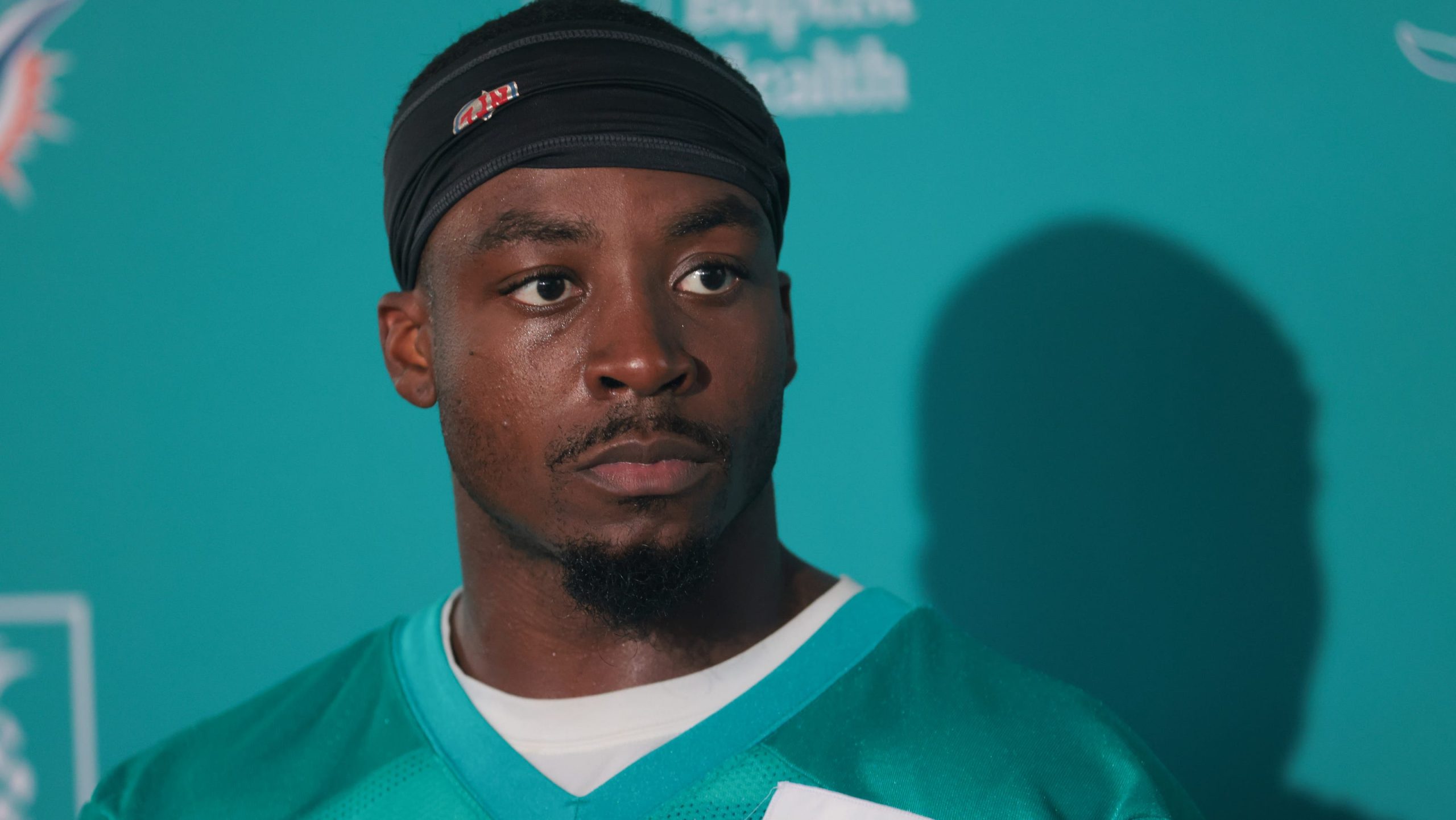The Miami Dolphins’ defensive secondary finds itself in a precarious position following the season-ending knee injury to cornerback Kader Kohou, a significant blow that exposes underlying vulnerabilities in the team’s roster construction. This latest setback underscores a troubling pattern of injuries plaguing the defensive backfield, raising serious questions about the team’s depth and preparedness for the demanding NFL season ahead.
Kohou’s ascent within the Miami Dolphins’ ranks was an unexpected triumph, a testament to his dedication and resilience after arriving as an undrafted player. His background, from his family’s lottery-granted move from the Ivory Coast to his transformation into a proven commodity, made his contribution invaluable. Teammates, like cornerback Cam Smith, openly acknowledged his leadership, highlighting the profound impact his absence will have on the camaraderie and performance of the NFL secondary.
The unfortunate reality for the Miami Dolphins is that Kohou’s injury is not an isolated incident but rather symptomatic of a broader issue within their defensive backfield. A cascade of injuries has decimated the unit, forcing the team to confront a stark reality where continuity and proven talent are in critically short supply. This precarious situation intensifies scrutiny on previous roster decisions and the effectiveness of the team’s player acquisition strategies.
Critics point squarely at general manager Chris Grier, suggesting his approach to building the defensive backfield has mirrored past issues with the offensive line—namely, a lack of consistent, significant investment. This perceived oversight has left the Miami Dolphins vulnerable, especially when faced with the inevitable attrition of an NFL season. The current wave of injuries only amplifies these concerns, bringing to light the consequences of a patchwork approach to roster depth.
In response to the mounting injuries, the Miami Dolphins have initiated a series of swift, yet unproven, additions, including Cornell Armstrong, Mike Hilton, and Jack Jones. While these players offer immediate bodies, their combined lack of interceptions last season raises doubts about their ability to significantly bolster an already struggling defensive backfield. The departure of key defensive backs like Jalen Ramsey, Kendall Fuller, Jordan Poyer, and Jevon Holland from last season’s starting lineup further compounds the challenge, leaving gaping holes that these recent acquisitions may struggle to fill.
The implications of a depleted and inexperienced NFL secondary are particularly dire given the formidable quarterbacks on the Miami Dolphins’ schedule. Elite signal-callers such as Justin Herbert, Lamar Jackson, Jayden Daniels, Aaron Rodgers, Joe Burrow, and Josh Allen (twice) loom large, threatening to exploit any weaknesses in the defensive backfield. While defensive coordinator Anthony Weaver will undoubtedly lean on a formidable front seven, the sustained pressure from such quarterbacks demands a robust and reliable defensive back corps.
Ultimately, Kohou’s injury, while individually tragic, serves as a stark reminder of the Miami Dolphins’ precarious roster depth and the long-term consequences of strategic shortcomings in building a resilient defensive backfield. The challenges ahead are significant, demanding immediate solutions and a re-evaluation of how the team approaches player acquisition and development to ensure long-term competitiveness. The immediate future of the Miami Dolphins’ defensive prospects hinges on how effectively they can navigate this deep roster crisis.






Leave a Reply